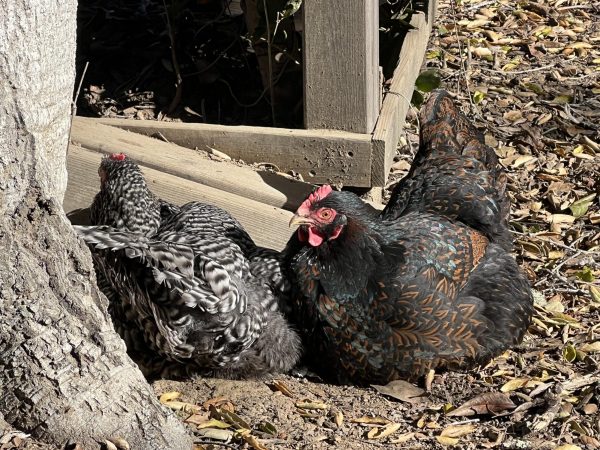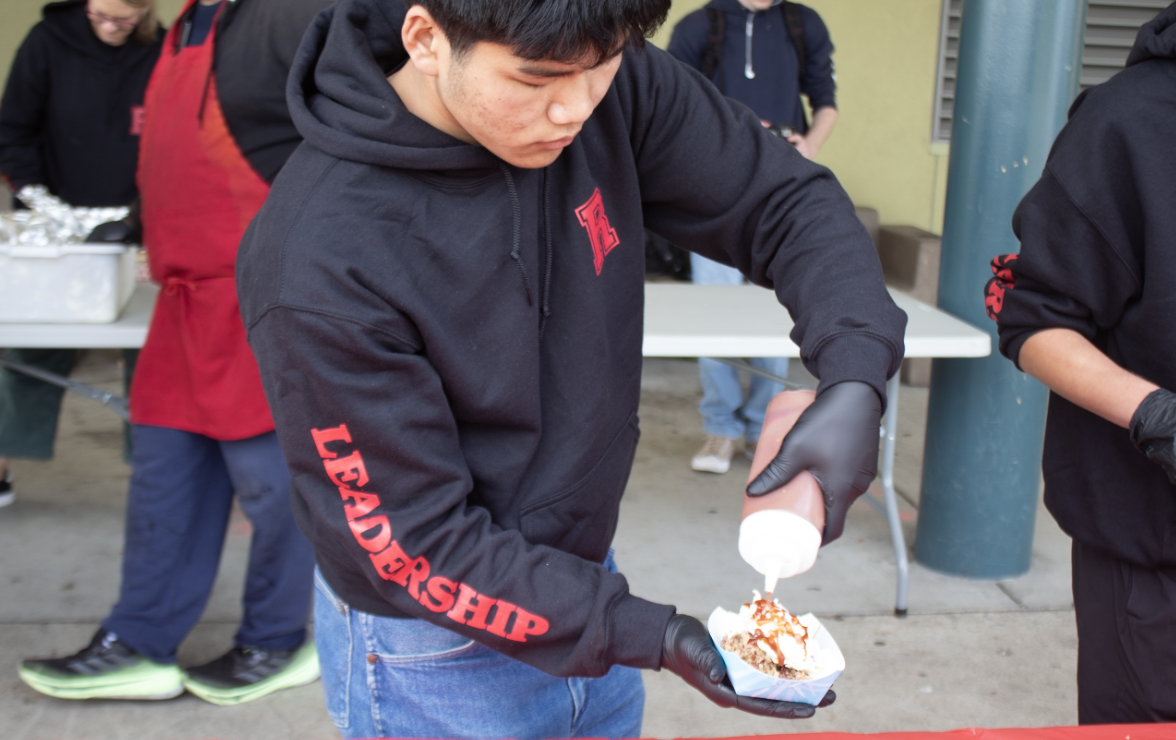Avian influenza, commonly referred to as bird flu, has infected 67 people across the United States and one suspected case in Marin County, according to the Centers for Disease Control and Prevention (CDC). Lisa Santora, the Public Health Officer for Marin County Public Health, stated there have been two poultry outbreaks in the county in the last year.

“The risk to the general public remains low. The need for enhanced surveillance has increased as we’re seeing these sporadic cases,” Santora said. “For the majority of individuals who have become ill with bird flu, we call it a self-limited disease. Basically, it’s a mild cold or conjunctivitis.”
Bird flu is most commonly spread to humans through close contact with livestock. This means that farmworkers are at a greater risk of contracting the disease than the general public. Santora has several recommendations for individuals who fear the contraction of bird flu.
“Avoid raw milk products, especially when we know that there is an outbreak among a lot of the dairy producers in the state. [People who have backyard flocks should] make sure that they are observant of the health and well-being of their animals and that they’re engaging in hand washing,” Santora said.
Hilary Culhane, a Redwood parent and longtime poultry owner, is concerned about the rise in bird flu for her flock.
“Now I have to worry about separating my chickens from wild birds. We have crows and other birds that come and they’ll land in the yard. I can’t have the exposure so I’ve been talking about putting fencing around and wire netting over the top. I [may] have to reconfigure my entire setup,” Culhane said.

While bird flu may not seriously threaten the average community member, some are still wary about bird flu’s potential growth, including junior Charlotte Waldinger.
“I’m definitely more cautious about coming into contact with birds. But given that [this] is not something that I do often, I don’t really need to do anything else [to protect myself],” Waldinger said.
At Redwood, no livestock are present on campus, though many different birds, such as geese and seagulls, are often seen. However, students may own backyard flocks or live with animals and the risk of bird flu is not zero, as Culhane described.
“Having my kids grow up with chickens, they understand the cycle of life because of the chickens we’ve lost over the years… I’m going to work to keep my [chickens] safe,” Culhane said.







![“[The Scotty Lapp Memorial Skatepark signifies that] Scotty’s energy, fun vibes and spirit will live on forever,” Jason Lapp said.](https://redwoodbark.org/wp-content/uploads/2025/03/346E3938-2C25-4CBB-9D6B-0ED4BD4A242A_1_105_c.jpeg)


